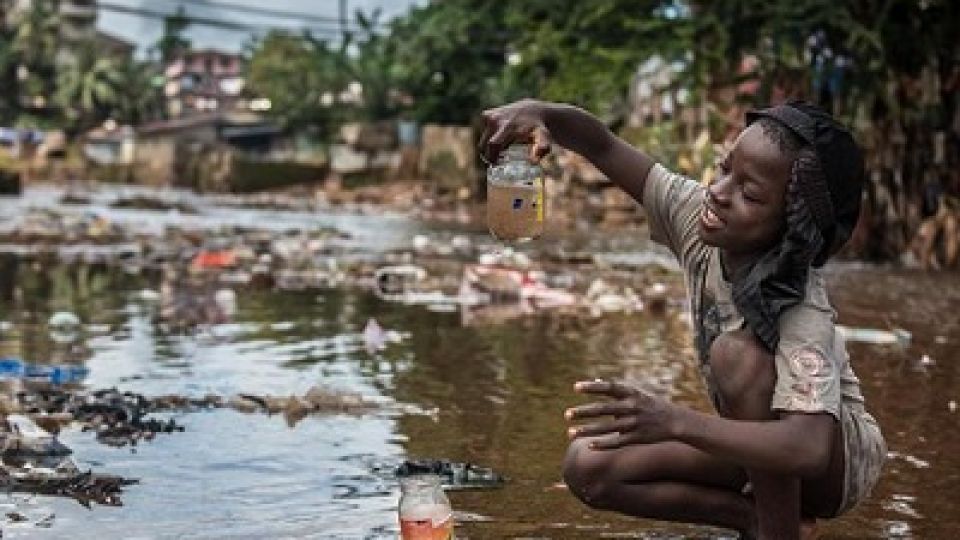from EMEKA OKONKWO in Abuja, Nigeria
Nigeria Bureau
ABUJA, (CAJ News) -AN outbreak of measles has left more than 50 children dead in the terror-prone northeastern Nigeria this year.
The outbreak of the disease is attributed to the continuous influx of unvaccinated children from hard-to- reach and extremely hard-to-reach areas in the region that is battered by the insurgency Islamist groups.
Borno State, the epicentre of the terror by the Boko Haram and Islamic State of West Africa Province (ISWAP) is the most affected, recording over 5 000 suspected cases.
The capital, Maiduguri, and Jere areas of the state have the most cases, with 1 627 and 1 644 respectively.
There were 917 suspected cases of measles in Yobe State, with nine deaths from measles-related complications, and 66 suspected cases of measles reported in Adamawa State.
The death toll and cases could be higher considering the figures released by authorities and aid agencies are for the period from January to May.
The World Health Organisation (WHO) is working with the Borno State Ministry of Health and the regional Primary Healthcare Development Agency to intensify measles surveillance and reporting in order to strengthen case management in health facilities.
The UN Children’s Fund’s (UNICEF’s) support to the response includes an immunisation campaign in seven local government areas (Biu, Jere, Konduga, Mafa, Maiduguri, Ngala, and Shani) where 90 percent of the children aged under five identified for measles vaccination (405 381 children) were reached.
UNICEF further immunized 171 400 children against measles in areas hit by the outbreak including Bama, Banki, Hajj, Muna and Shakori.
UNICEF also supported the Borno government preposition an additional 15 000 doses of measles vaccine for reactive vaccination in hotspots and provided vitamin A and other medical supplies to case management centres.
The UN Office for the Coordination of Humanitarian Affairs (OCHA) is advocating for increased support to affected refugees and intensified infectious disease awareness and mitigation programmes.
Measles is only a tip of the iceberg.
Cash-strapped humanitarian organizations are concerned about the rising numbers of malnourished children in northeast Nigeria, where the minors might die if urgent treatment is not received.
From January to April 2023, eight stabilization centres in Maiduguri and Jere have recorded 3 155 children diagnosed with severe acute malnutrition (SAM) with medical complications.
Over 1 125 of these children received outpatient treatment while the rest were admitted.
OCHA reported that in Borno, the number of severely malnourished children with medical complications who required inpatient care increased by 61 percent compared to the same period in 2022.
In Yobe, this number increased by 22 percent.
“The nutrition crisis is worse in remote communities that are hard to reach,” said a humanitarian spokesperson.
In early May, aid organizations appealed for US$396,1 million to prevent the widespread food and nutrition crisis. The request is part of the 2023 Humanitarian Response Plan (HRP) for northeast Nigeria. The plan seeks $1,3 billion to provide lifesaving assistance to 6 million people.
The HRP is only 25 percent funded as of mid-June.
Adding to the woes, thousands of internally displaced persons (IDPs) face the threat of flooding, with the start of the rainy season.
Almost 80 of the 284 IDPs camps are vulnerable to the floods.
“Funding remains the main challenge to providing at-risk populations with the necessary support,” OCHA stated.
The Camp Coordination and Camp Management (CCCM), Shelter and Non-Food Item (NFI) sectors urgently require $11 million to mitigate flooding risks for 210 000 IDPs, including through shelter support and NFIs.
The CCCM and Shelter/NFI sectors were only 5 percent and 36 percent funded, respectively, as of June 12.
Data and trends from 2021 and 2022 flooding show that approximately 5.9 million people in need live in 42 flood-prone local government areas.
Each year, floods destroy temporary shelters, food and non-food stocks, leaving households in precarious situations and exposing them to protection risks.
Rebel groups started a reign of terror in 2009 in an attempt to establish an Islamic State in northeast Nigeria.
Insecurity is among the biggest challenges the new government of President Bola Tinubu must prioritise in the restive West African country.
– CAJ News

